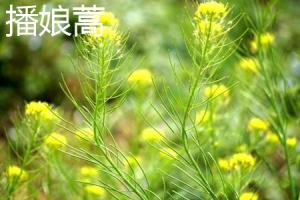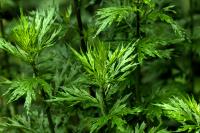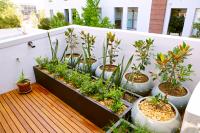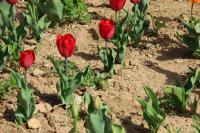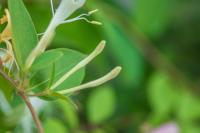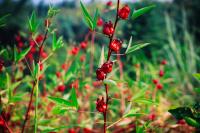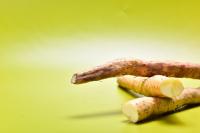1、 Pollination in nature
It belongs to self pollination. In nature, it is pollinated by wind or insects. After flowering, the stamens will emit pollen. Driven by the wind, the pollen will fall from the stamens on the pistils, which can be pollinated successfully. Insect pollination is also helpful through insects such as bees. They will crawl on the stamens or pistils, which will spread pollen. If the tomato is cultivated in greenhouse, this method can be used. Release a large number of bees in the greenhouse to help pollinate and improve the fruit setting rate.
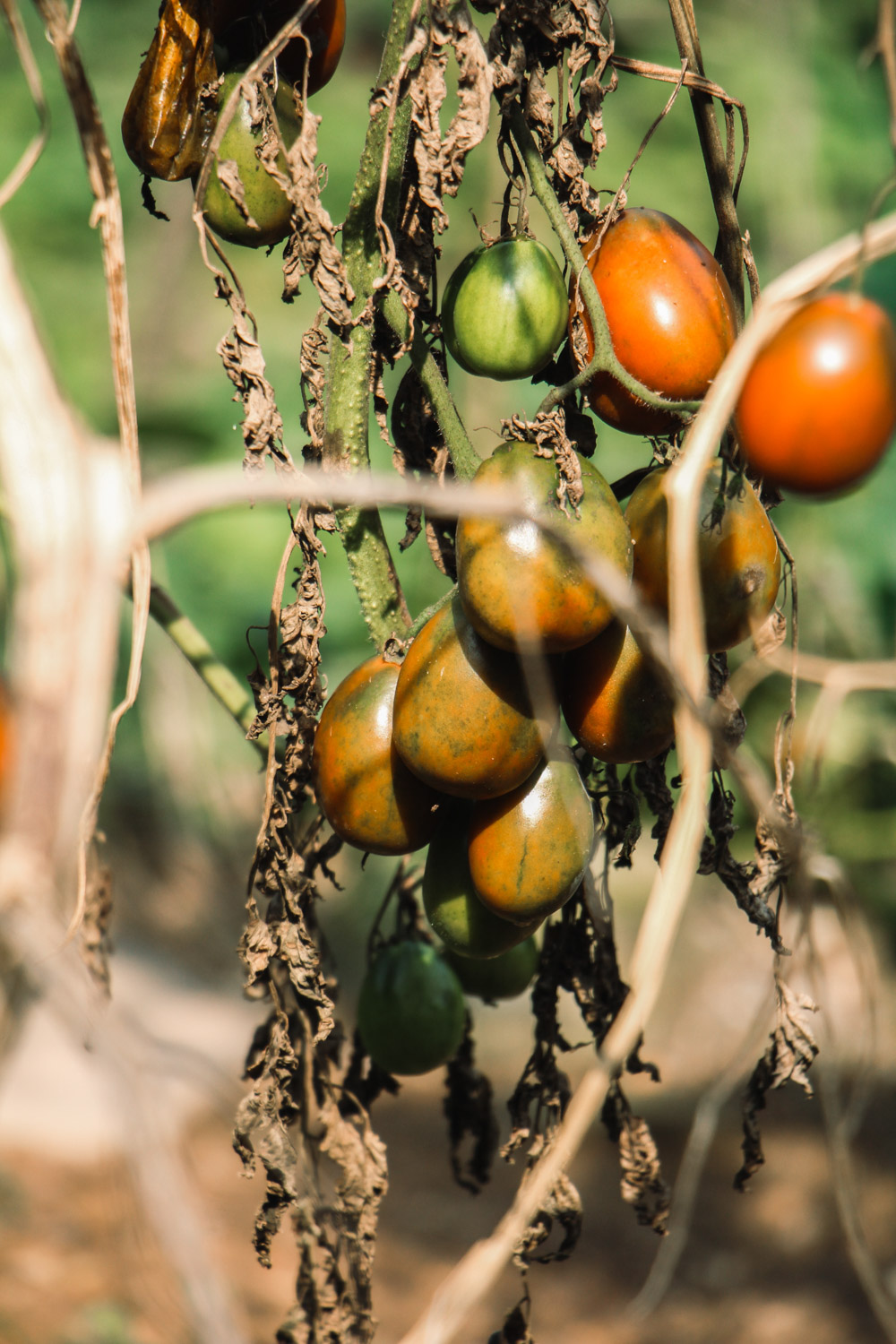
2、 Pollination methods in production
1. Artificial pollination: artificial pollination is common. After it blooms, the stamens will emit pollen. At this time, you can dip pollen on the stamens with a brush or brush, and then apply it on the pistils, so that you can pollinate successfully. Note that it's best to do it on a sunny day, and the effect will be better.
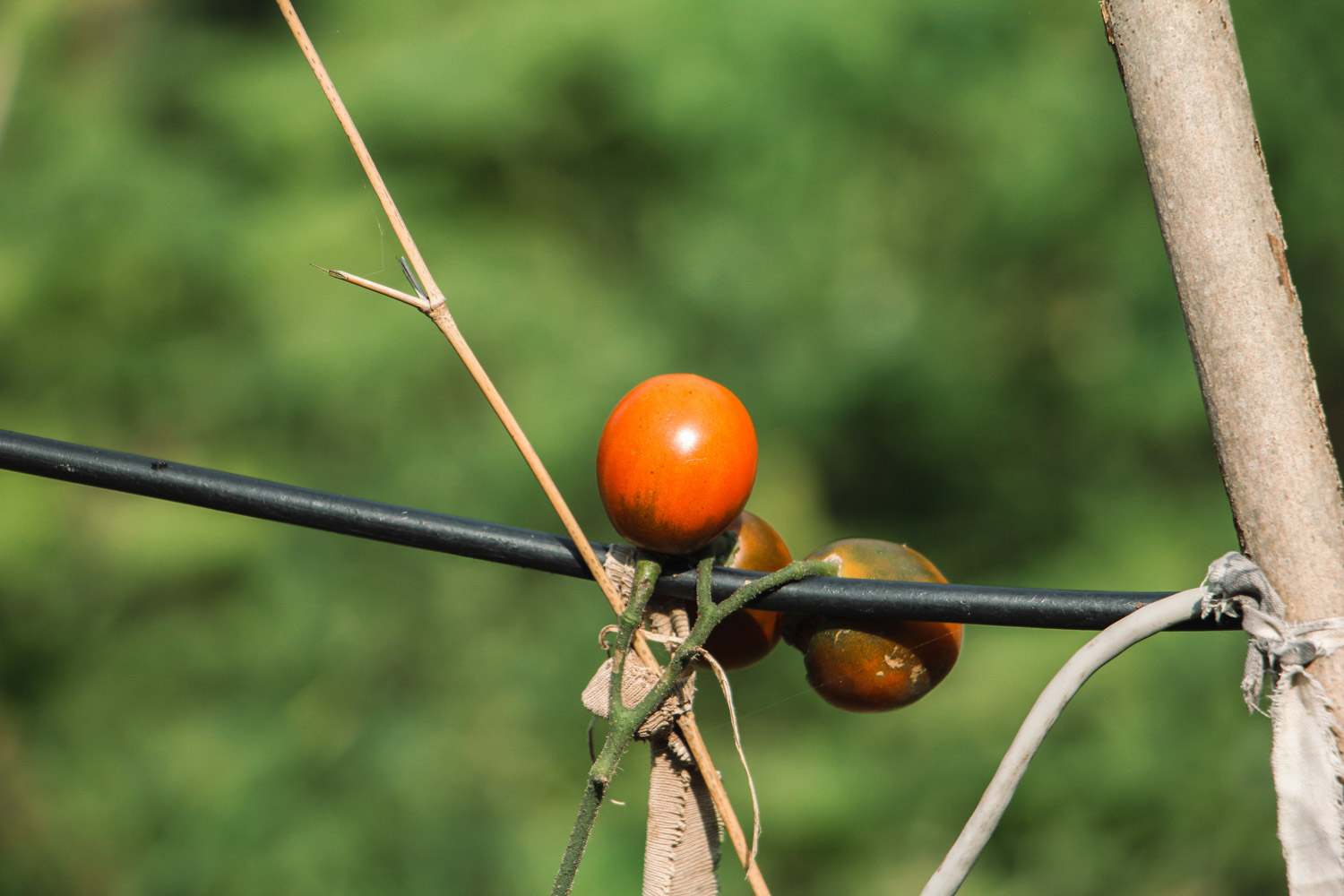
2. Use the vibrator: if the vibrator comes into contact with the tomato, it will cause the tomato to vibrate, so that the pollen on the stamen will fall down, so as to ensure pollination. In this way, the fruit setting rate is also relatively high.
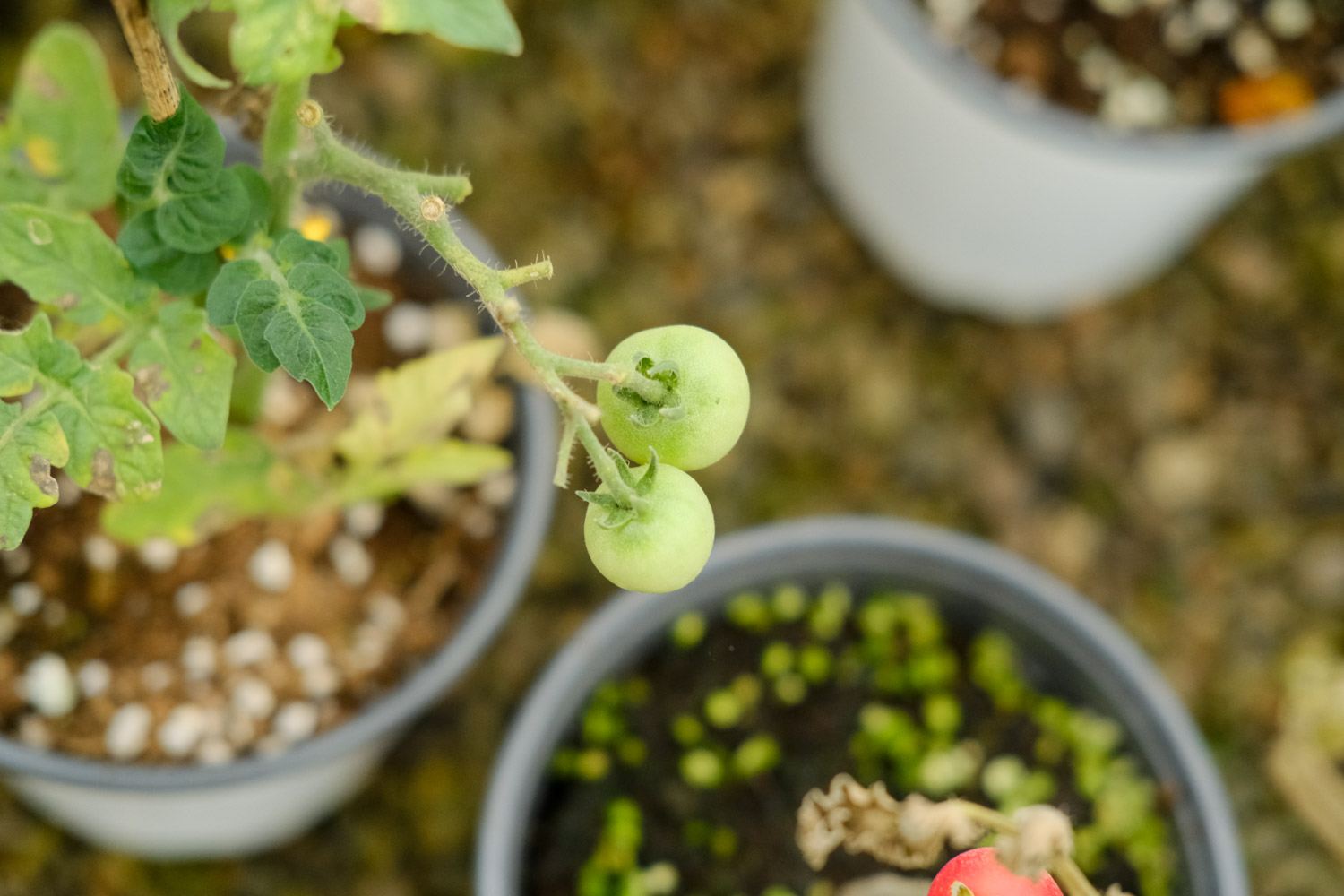
3. Hormonal flower spot: one of the most commonly used methods in production is to use anti falling hormone, which can be applied or soaked in the part of flower organs, so as to avoid falling off early in flowering period, so as to improve the pollination rate. 2 and 4-D can also be used. Pay attention to the height of use and do not be too high, otherwise it is easy to cause drug damage.

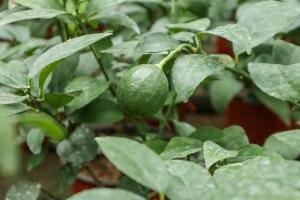 The efficacy and fun...
The efficacy and fun...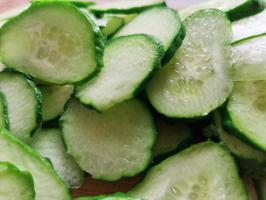 The efficacy and fun...
The efficacy and fun...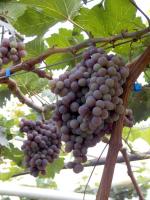 The benefits of eati...
The benefits of eati...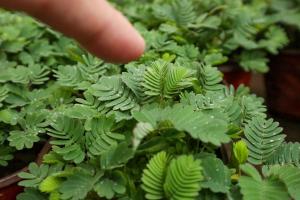 Why is Mimosa called...
Why is Mimosa called...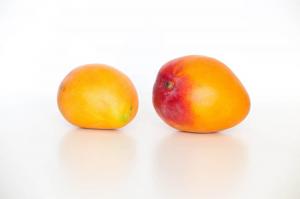 What can't mango be ...
What can't mango be ...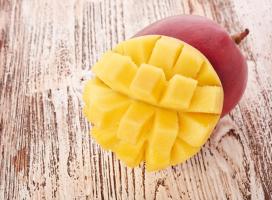 The efficacy and fun...
The efficacy and fun...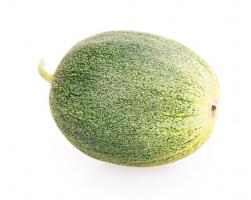 Is watermelon a frui...
Is watermelon a frui...
